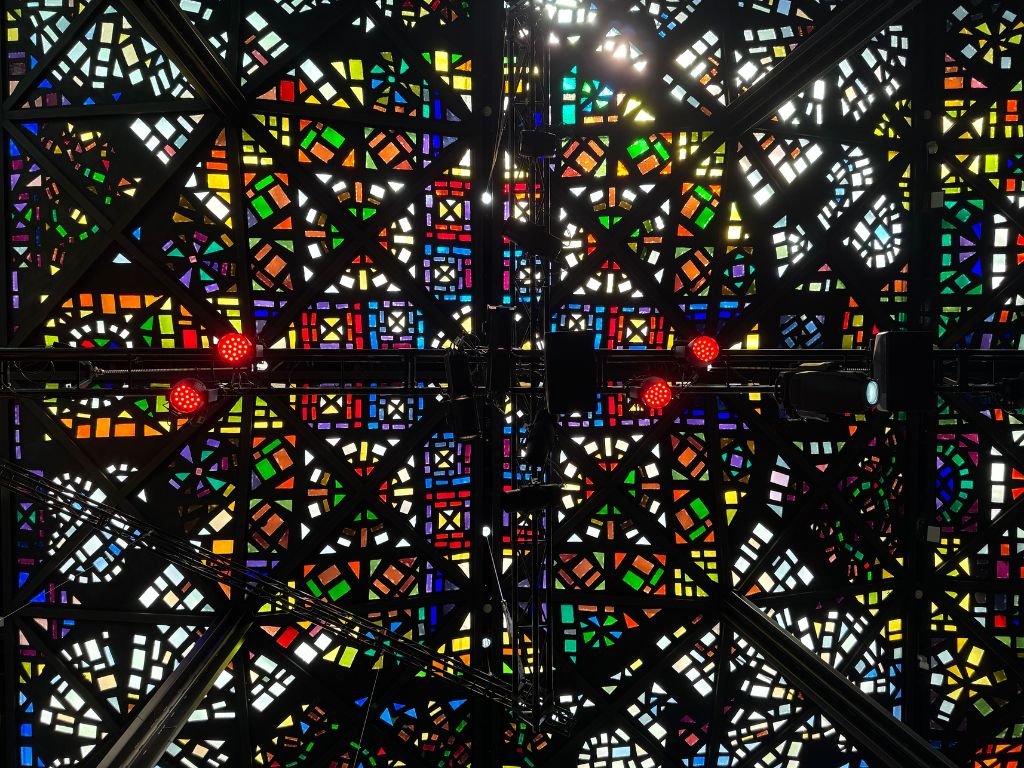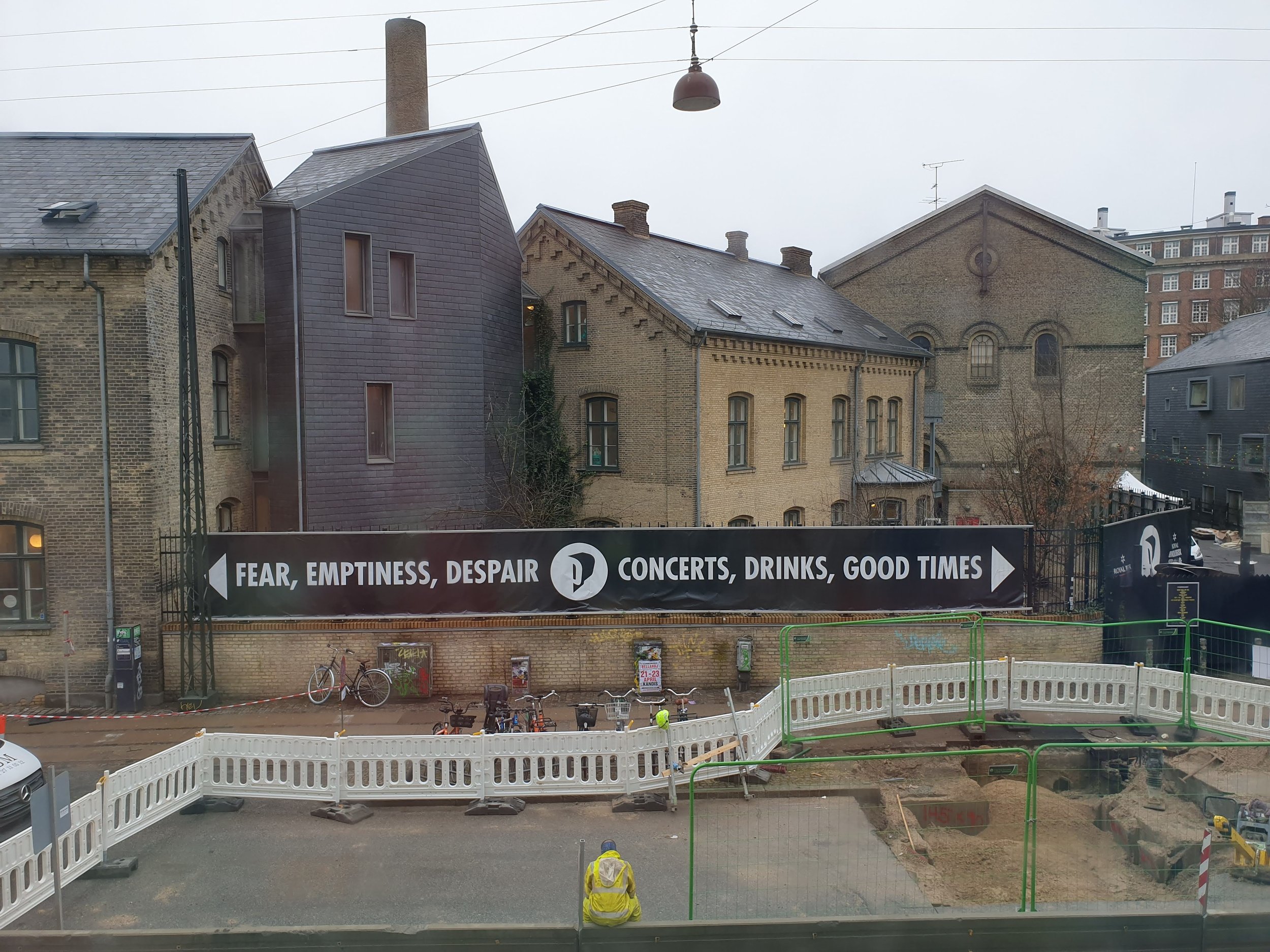The secret trapdoor beneath Rembrandt’s The Night Watch
Hidden in plain sight
The trapdoor below The Night Watch
This might sound like the start of a heist film, but is a totally true story.
One of the most unique aspects of the Rijksmuseum has a secret hidden in plain sight. A secret to protect the collection’s most precious works.
Walking up to Rijksmuseum you see one of most Amsterdam features ever, a passageway that runs through the centre of the building, reserved for bicycles and pedestrians—no surprise, considering Amsterdam has more bicycles than people
Looking up at the street end of ‘The Passage’ (yes, that's its official name), you’ll notice a subtle metal strip embedded in the intricate brickwork—an unassuming feature that hides a remarkable secret.
But this seemingly minor detail is far from ordinary—it's actually a trapdoor, located directly below Rembrandt’s famous masterpiece, The Night Watch. This emergency measure was installed in 1934 to allow staff to quickly remove this work, valued at over $500 million, from the museum in the event of fire or other disaster.
Originally painted for Amsterdam's Arquebusiers Guild Hall, Rembrandt’s 1642 oil painting is one of the earliest portrayals a civic guard company in motion. The Night Watch is a pivotal work in art history, renowned its innovative use of light and shadow and its revolutionary approach to group portraiture, making it a cornerstone of the Dutch Golden Age.
Operation Night Watch: Restoring a Cultural Treasure
The glass chamber around The Night Watch
Beginning in 2019, The Night Watch began going through a process of research and restoration. The project, called ‘Operation Night Watch’ is being carried out in full view of the public, in a specially constructed glass chamber at Rijksmuseum.
In 1715, The Night Watch moved locations and was forever changed. The painting was too large for its new location, so it was cut down. “Strips were cut from all four sides, with the largest section being removed from the left side. These pieces have never been found.” As part of Operation Night Watch, the team used AI to help restore the missing elements:
…using high-resolution photography of what is left of the original, computer learning of Rembrandt’s techniques and a contemporary copy of the full painting by Gerrit Lundens hanging in London’s National Gallery, the Rijksmuseum in Amsterdam was able to reproduce the work in all its glory….
In November 2024, restorations began to carefully remove varnish applied in the 1970’s. It is estimated that this step in the project will take several years to complete.
Sources:
https://www.mentalfloss.com/article/64381/15-things-you-might-not-know-about-rembrandts-night-watch
https://www.rijksmuseum.nl/en/whats-on/exhibitions/operation-night-watch
https://news.artnet.com/art-world/rembrandt-the-night-watch-restoration-commences-2568095




